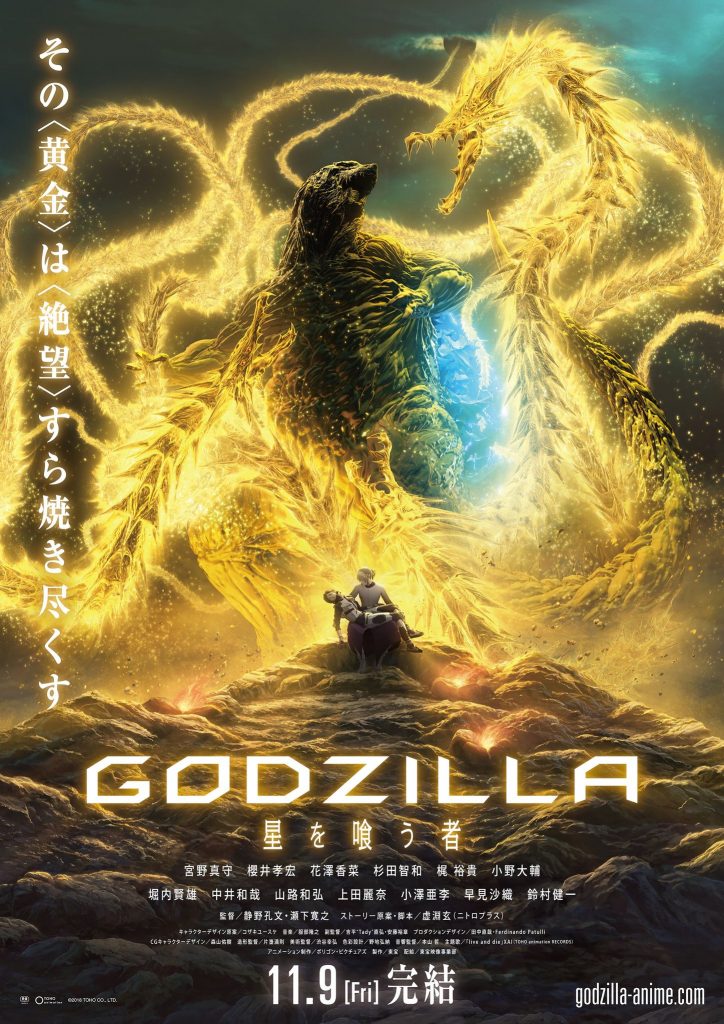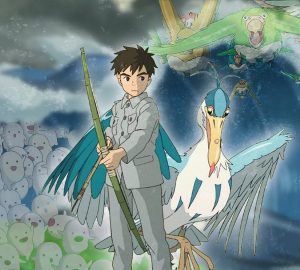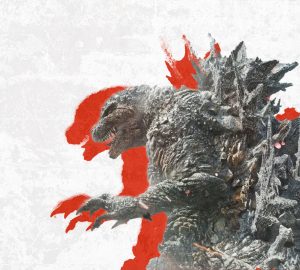‘Godzilla: The Planet Eater’ caps off a trio of tragedy

Released on Netflix Jan. 9, Toho Animation’s final installment in the Godzilla anime trilogy, “Godzilla: The Planet Eater” was met with apprehension from fans of the big G. The first two entries in this anime trilogy, “Godzilla: Planet of the Monsters” and “Godzilla: City on the Edge of Battle,” received mixed reactions from fans of the nearly 65-year-old franchise. While the visuals and ideas were praised, criticism stemmed from the lackluster characters, weak portrayal of the monsters and poorly executed concepts. Can this final entry redeem the trilogy and give us the animated Godzilla we’ve been hoping for?
This entry takes place shortly after the attack on Mechagodzilla City. The aliens convince Haruo and the other soldiers that the only thing able to take on Godzilla is their own God — Ghidorah. The three-headed demon makes his way to Earth and battles Godzilla, but proves to be a potentially greater threat. It is up to Haruo to figure out what is the best option for saving humanity and stopping Godzilla.
Weakly paced, full of pretentious dialogue and devoid of interesting characters, this film is a far cry from the achievements Godzilla franchises achieved in the past. While it’s slightly better than “Godzilla: City on the Edge of Battle,” it’s still not enough to save this underwhelming experience.
Let’s start with the things that work. As with the rest of the trilogy, the presentation is effective. Despite the choppy animation and bizarre 2D-esque designs of the humans, the visuals look impressive. There is a certain flair in the color palette and environmental choices that give the film’s post-apocalyptic universe its own distinction. Like the other entries in the trilogy, the musical score adds to the visual presentation and provides the right blend of grueling atmosphere and excitement — with the exception of the musical number near the end of Godzilla and Ghidorah’s battle.
The reimagining of King Ghidorah, arguably Godzilla’s most formidable foe, is well done. It may not be the classic Ghidorah we know, but its role as a demonic God is interesting and makes the character an even greater threat.
Other than that, the film falls flat on every level. The characters are uninteresting and forgettable. The movie attempts to give Haruo more humanity as we delve further into his tragic backstory, but it feels jumbled and too late to be worked into the trilogy. By the end, it doesn’t feel like we know Haruo enough.
The movie also attempts to throw in other plot points and themes, such as the evil aliens and various religious connections, that feel predictable and are pounded into the audiences’ heads to no end. These elements are also paced out weakly, as the film fails to successfully interweave revelations and character moments during potentially exciting scenes. Overall, there’s a deflated sense of focus throughout the narrative.
Even the monster action fails to entertain. Because Godzilla is more immobile than ever, his fight — if you even want to call it that — is boring and makes Ghidorah feel underutilized. As if the lethargic energy of these scenes wasn’t bad enough, the characters practically commentate the entire battle with science mumbo jumbo that kills the pacing even more.
“Godzilla: The Planet Eater” caps off what is easily the most disappointing chapter of Godzilla movie history. While the film’s presentation and character choices have improved, it does nothing to save this mess of a trilogy. The endless possibilities of animation and the wild world of Godzilla could’ve been the best thing the series has had to offer. Instead, this studio-mandated, heartless trio of films created some of the most forgettable pieces of kaiju cinema to ever be made. The sooner we forget it, the better.
Review overview
Summary
5.1"Godzilla: The Planet Eater" ends this trilogy on an emotionally flat level that has promise, but squanders it with weak pacing and characters.






















